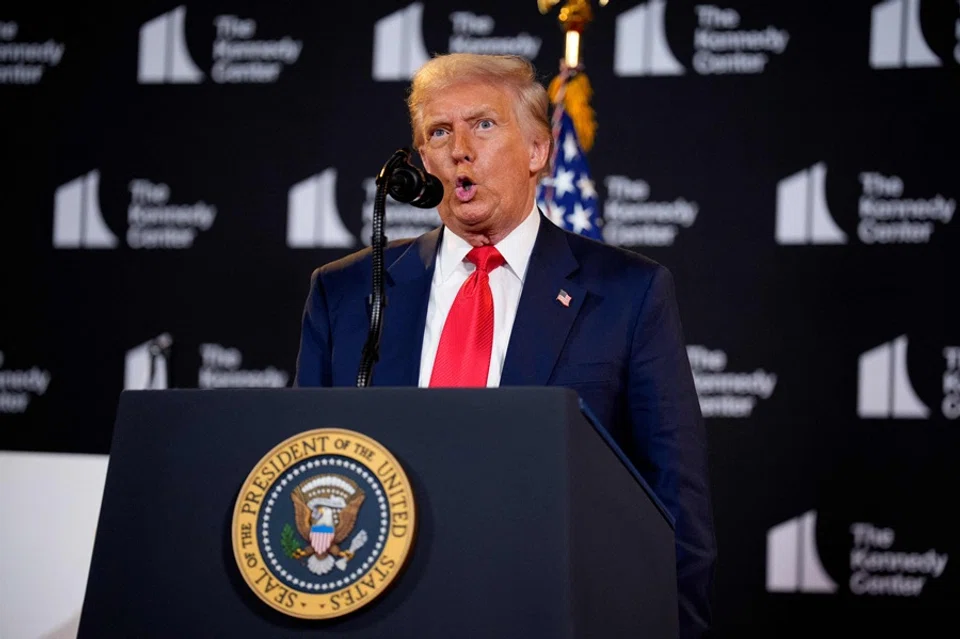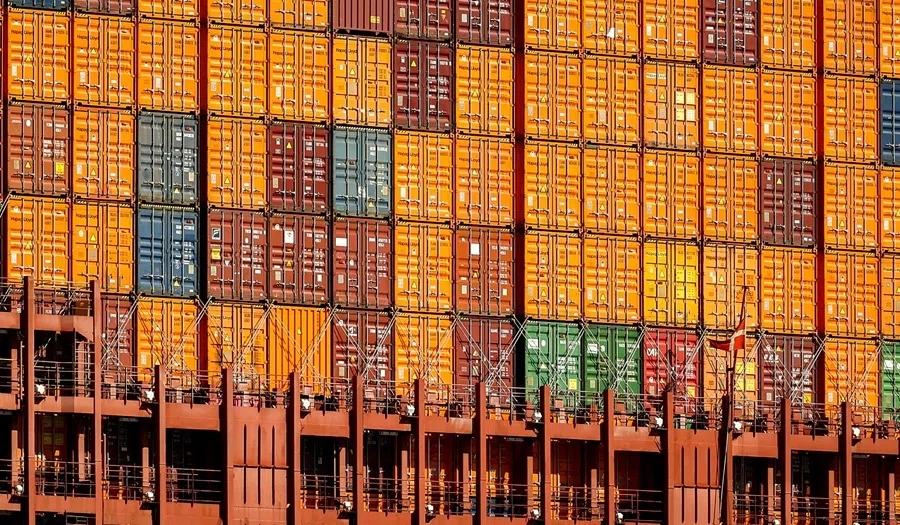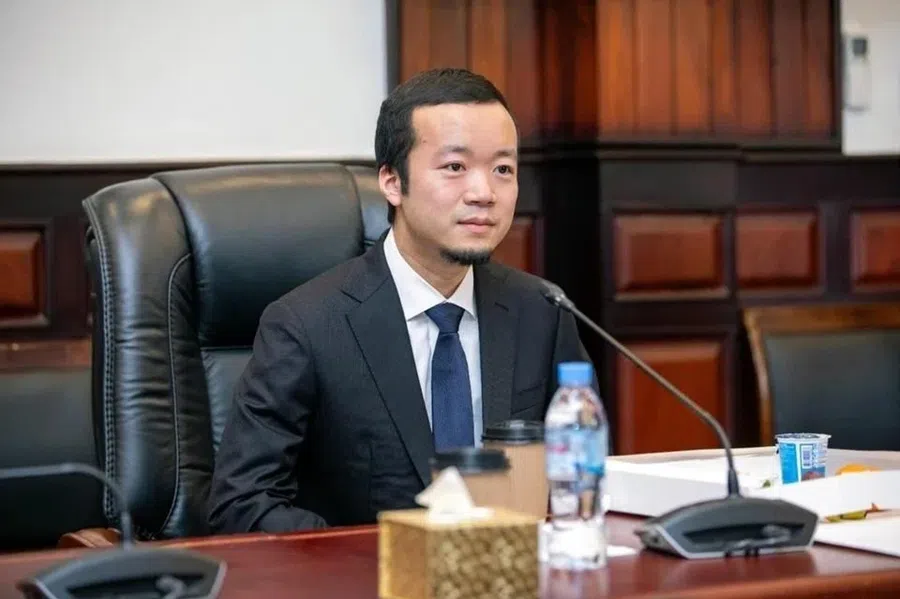How Trump’s tariff chaos is upending the global economic order
Donald Trump’s second term has upended the global economic order, weakening US-led institutions and accelerating a shift toward a less globalised, more fragmented and less US-centric world economy, says Chinese academic Jia Qingguo.

US President Donald Trump’s second term has brought about substantial changes not only in the international geopolitical landscape but also in global economic norms and practices. His aggressive use of tariffs and his unapologetically transactional approach to international economic relations have disrupted supply chains, strained traditional alliances, undermined global economic governance and accelerated the development of new bilateral, regional and even cross-regional economic partnerships.
Tariffs are used both as a negotiation tool and an economic weapon with a total disregard for the interests of other countries.
The tariff war
At the heart of Trump’s geoeconomic strategy lies the unprecedented use of tariffs since the end of WWII. Such tariffs are characterised by their breadth, depth, unpredictability and singular focus on national self-interest, rather than shared interests, values or rules.
Unlike past tariff measures, which were often directed at US competitors like China, the second-term tariffs have been imposed broadly — affecting not only adversaries but also key allies such as Europe, Japan, Canada and Mexico, as well as smaller developing nations.
The Trump tariffs do not just apply to US imports but also to transshipped goods — products rerouted through third countries to avoid tariffs. This has added complexity to international trade and enforcement mechanisms.
The Trump administration has issued high tariff threats often without specific criteria or timelines, regularly changing targets and deliberately raising uncertainty.

Unlike previous trade policies that focused on certain universally applicable principles or norms, such as free trade or fair trade, Trump’s tariffs aim at two specific US objectives: reducing the US government’s mounting debt and revitalising the domestic manufacturing industry. Higher tariffs are expected to discourage imports while incentivising foreign and domestic firms to invest in the US. Tariffs are used both as a negotiation tool and an economic weapon with a total disregard for the interests of other countries.
Disruption of supply chains
Given the size and centrality of the US economy in the global system, Trump’s tariffs have profound impacts on international economic relations.
First, the Trump tariffs have disrupted traditional trade routes. Companies that once relied on predictable, cost-efficient trade routes have been forced to reassess their sourcing strategies, resulting in higher costs and inefficiencies.
Second, the Trump tariffs are likely to reduce the trade between the US and other countries and thereby undermine the US centrality in the global economy.
Third, the Trump tariffs are encouraging other countries to shift their trade with the US away to other countries. For example, agricultural producers of Brazil and Southeast Asia are making efforts to increase their exports to China.
... one of the most significant long-term impacts of Trump’s economic strategy is its push for economic collaboration among other countries.

Finally, in the short term, the Trump tariffs have spurred some manufacturers, particularly in sectors like steel and semiconductors, to increase investment in the US to avoid tariffs and capitalise on favourable conditions. In the long term, however, high tariffs are likely to make US industries less competitive and less relevant to the global economy.
A pause in economic bifurcation
An unexpected consequence of Trump’s tariff policy has been its effect on the ongoing bifurcation of the global economy into competing US vs China-led camps. Following Trump’s first term, the world witnessed a gradual drift toward economic alignment based on geopolitical affiliations. Trump’s tariffs are putting a halt to this trend.
Because the tariffs are indiscriminate, even traditional allies can no longer assume that economic alignment with the US serves their best interests. As a result, many countries are reassessing their economic strategies and seeking to reduce their dependence on the US market.
The development of non-US economic partnerships
Perhaps one of the most significant long-term impacts of Trump’s economic strategy is its push for economic collaboration among other countries. In response to the uncertainties and higher costs associated with American trade, other countries are turning to each other for new opportunities.
For instance, European and Asian nations are enhancing their economic engagement through bilateral agreements and multilateral frameworks without the US. Recent developments, such as the EU-Indonesia FTA, renewed efforts by the EU and China to revive their investment agreement, and the renewed push for an FTA between China, Japan and South Korea, exemplify this trend.
This shift also extends to multilateral trade and investment mechanisms, like the Comprehensive and Progressive Agreement for Trans-Pacific Partnership (CPTPP) and the Regional Comprehensive Economic Partnership (RCEP). These groupings are not only facilitating trade but also establishing shared standards and rules in a global economy where the US is no longer a central participant.
In the long run, the most enduring legacy of Trump’s second term may be the development of a less US-centric, less globalised, and less institutionalised global economy.
Further erosion of multilateral economic institutions
Trump’s international economic strategy has further eroded confidence in global economic governance. The World Trade Organisation (WTO), once the cornerstone of international trade, has been under sustained attack from successive US administrations, particularly through the blocking of appointments to its appellate body, rendering its dispute settlement mechanism dysfunctional. The US has also blocked reforms to the International Monetary Fund (IMF) and the World Bank, making these traditionally important institutions less central and less influential in the global economy.

In response, other countries have been compelled to turn to regional institutions. From new digital trade standards under the CPTPP to regional financial coordination in East Asia, states are increasingly bypassing global forums in favour of more flexible, regionally tailored arrangements.
A less US-centric global economy
Donald Trump’s second term has fundamentally transformed the international economic order. His aggressive tariff strategy has disrupted longstanding trade patterns, strained alliances and accelerated the formation of alternative economic groupings. While his policies may yield short-term gains in reshoring investment and reducing trade deficits for the US, they have also weakened multilateral institutions, disrupted global supply chains and pushed countries to reduce their reliance on the US.
In the long run, the most enduring legacy of Trump’s second term may be the development of a less US-centric, less globalised, and less institutionalised global economy. As new economic alliances take shape in response to US unilateralism, the world is moving toward a new economic order — one in which US influence, while still significant, is no longer the unquestioned centre of gravity. While the full implications of this shift are yet to be known, there is no doubt that Trump’s second term is reshaping the global economic landscape in lasting and consequential ways.





